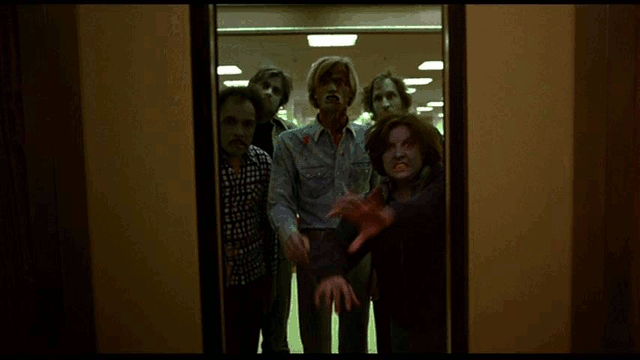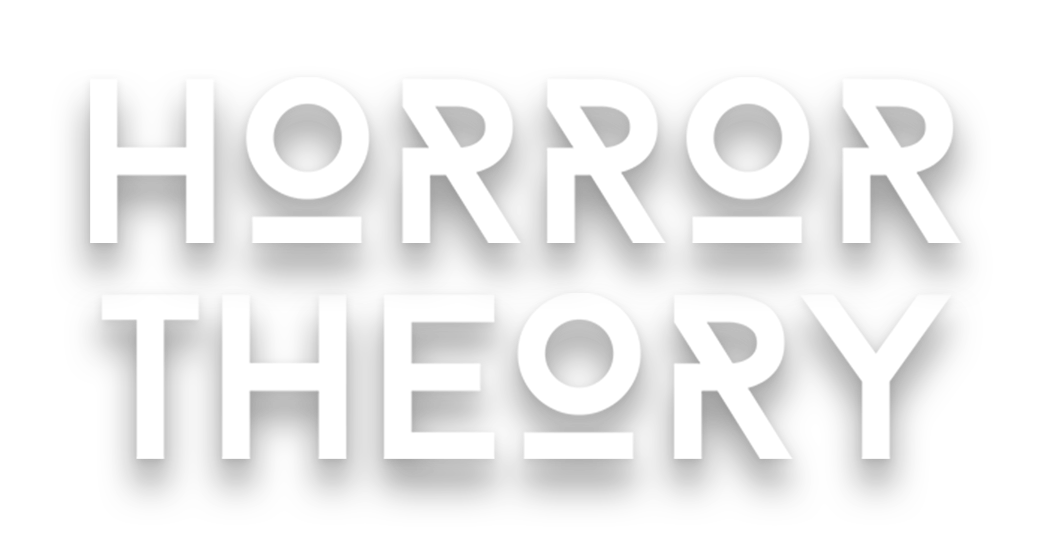Without George Romero’s 1978 zombie classic, “Dawn of the Dead,” the horror genre wouldn’t be the same. The sequel to “Night of the Living Dead,” unlike many of its horror peers of the era, was received with universal critical acclaim for its brutal, insightful and colorful inventiveness.
“Dawn of the Dead” (the second in a series that now spans five decades) follows two S.W.A.T. members, a traffic reporter and his pregnant girlfriend who find themselves in an abandoned shopping mall, fending off waves of attacks from blood-thirsty zombies. This film takes place right after the events of “Night of the Living Dead,” however the two films share no characters or locations. Instead, “Dawn” gives a more macro perspective of the undead outbreak.
As civilization crumbles into chaos, the four antagonists take refuge in a shopping mall, living hedonistically with an essentially endless supply of whatever material possession strikes their fancy. They board up the walls, load up on ammunition and wait for the zombies (or whatever else) comes to over take their hallow new lives.
There is an elephant in the room to address in the form of the film’s zombie cosmetics. Tom Savini, who worked on the film’s makeup and special effects, decided to make the zombies’ skin grey since “Night of the Living Dead” was in black and white. Thus, the zombie skin-tone was never depicted. However, this decision led to a horde of zombies with amateurish blue smudges covering their faces.

Though still considered one of the greatest horror films of all time, “Night of the Living Dead” has not aged particularly well. Viewers born in modern age of horror cinema might find the narrative tedious and the cinematography amateurish. This isn’t the case for its follow-up, “Dawn of the Dead,” which had a budget of $1.5 million– more than ten times that of “Night.” The increase in effectiveness, both visually and dramatically, between the original and sequel is drastic.
Nobody ever said art had to be in good taste.
-Roger Ebert about “Dawn of the Dead”
Romero uses the film to present some unconventional commentary about American consumerism– without growing pretentious or preachy. The parallels between mindless mall patrons and slow-walking zombies were way ahead of its time. Even today, Romero’s zombie classic continues to be recognized as one of the most compelling horror flicks ever crafted.
The 1978 sequel’s final act is horrifyingly disgusting. All of the bloody mayhem is somehow simultaneously jarring and beautifully choreographed. “Dawn of the Dead” remains a must-see for every horror enthusiast who wants to see experience the classic that changed cinema.
***
“Dawn of the Dead” is available on DVD and blu ray here; and “Land of the Living Dead” is available here. And be sure to check out the other entries in the Horror Sequel Marathon right here on My Vinyl Muse!
